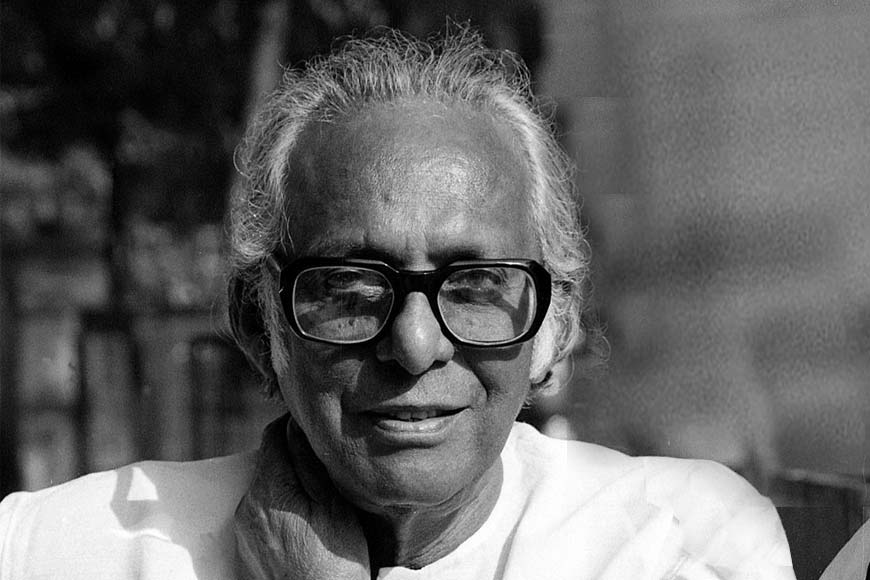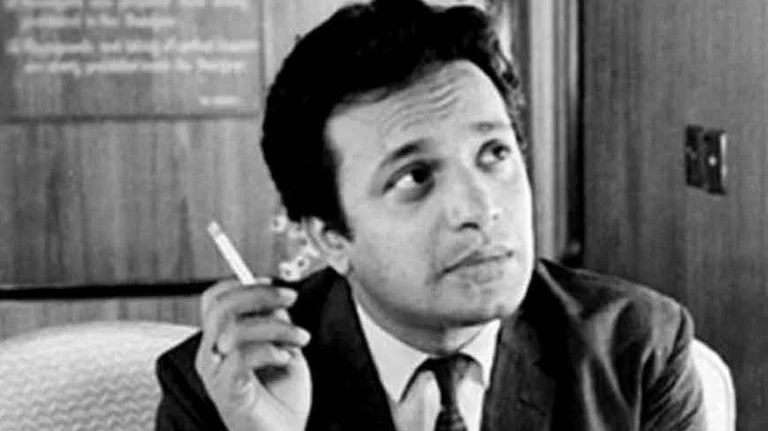Mrinal Sen: The Visionary Behind Indian New Wave Cinema

Mrinal Sen: The Visionary Behind Indian New Wave Cinema
Introduction
Mrinal Sen, a legendary figure in Indian parallel cinema, was one of the most influential filmmakers of the 20th century. Known for his realistic storytelling, socio-political narratives, and experimentation with film techniques, he brought an intellectual depth to Indian cinema.
Born on May 14, 1923, in Faridpur, British India (now in Bangladesh), Sen’s work often reflected the struggles of the working class, political turmoil, and social inequality. Alongside Satyajit Ray and Ritwik Ghatak, he played a crucial role in the evolution of Bengali cinema and Indian New Wave Cinema.
This article explores his life, career, contributions, and legacy, offering an in-depth analysis of his impact on global cinema.
Early Life and Inspirations
Mrinal Sen’s early years were shaped by political awareness and literary influences. He moved to Kolkata (then Calcutta) to study Physics at the University of Calcutta. However, his passion for cinema grew when he was introduced to the Indian People’s Theatre Association (IPTA), a progressive cultural movement with strong leftist ideologies.
His association with IPTA and exposure to Marxist philosophy significantly influenced his films. Unlike Satyajit Ray, who often focused on humanistic and poetic realism, Sen’s cinema took an activist approach, addressing issues of poverty, class struggle, and revolution.
Mrinal Sen’s Entry into Filmmaking
Mrinal Sen made his directorial debut with “Raat Bhore” (1955), starring Uttam Kumar, but the film failed commercially. However, his second film, “Neel Akasher Neechey” (1959), was critically acclaimed for its political message and became the first Indian film to be banned by the government due to its depiction of political oppression.
These early works set the foundation for his signature style—a fusion of social commentary, avant-garde storytelling, and political awareness.
Breakthrough with Bhuvan Shome (1969) – Birth of Indian New Wave Cinema
Sen’s career took a turning point with “Bhuvan Shome” (1969), a film that is widely credited for ushering in the New Wave Cinema Movement in India. The film, starring Utpal Dutt, is a satirical tale of a bureaucrat’s transformation after an encounter with rural India.
Why “Bhuvan Shome” Was Revolutionary:
✔ Use of voiceovers and freeze frames – A technique rarely seen in Indian films at that time.
✔ Minimalist approach – A shift from grand sets to realistic settings.
✔ Political satire – A subtle critique of power and authority.
✔ Influence of European Cinema – Inspired by Italian Neorealism and French New Wave.
Following the success of “Bhuvan Shome,” Mrinal Sen became a pioneer of parallel cinema, opening doors for directors like Shyam Benegal, Govind Nihalani, and Adoor Gopalakrishnan.
The Calcutta Trilogy: A Masterpiece in Political Cinema
During the 1970s, Kolkata was witnessing Naxalite movements, economic distress, and political instability. This period inspired Sen’s iconic Calcutta Trilogy, which comprised:
1️⃣ Interview (1971) – Criticized the Westernization of Indian youth and rising unemployment.
2️⃣ Calcutta 71 (1972) – A stark depiction of poverty, hunger, and corruption.
3️⃣ Padatik (1973) – Focused on a revolutionary on the run, questioning Marxist ideology.
These films showcased Mrinal Sen’s ability to blend fiction with documentary-style storytelling, making him a global icon in political cinema.
Experimentation and Unique Storytelling Techniques
Mrinal Sen was a filmmaker who constantly challenged cinematic norms. His later works became more self-reflective and experimental, evident in films like:
- “Ek Din Pratidin” (1979) – Examined the disappearance of a working woman, addressing patriarchy and independence.
- “Akaler Sandhane” (1980) – A film within a film, commenting on colonialism and famine.
- “Khandhar” (1984) – Explored themes of loneliness and existential despair.
These films not only won international acclaim but also solidified his status as one of the greatest filmmakers in Indian history.
International Recognition and Awards
Mrinal Sen’s films were screened at prestigious film festivals and won multiple international accolades:
🏆 Cannes Film Festival – Jury Prize for Kharij (1983).
🏆 Berlin International Film Festival – Silver Bear for Akaler Sandhane (1981).
🏆 Venice Film Festival – Multiple nominations for his contributions to world cinema.
🏆 Padma Bhushan (1983) – One of India’s highest civilian awards.
🏆 Dadasaheb Phalke Award (2005) – India’s most prestigious award in cinema.
His global influence helped put Bengali cinema on the world map.
Mrinal Sen vs. Satyajit Ray: A Friendly Rivalry
Though both Mrinal Sen and Satyajit Ray were pillars of Bengali cinema, they had distinct filmmaking styles:
| Feature | Mrinal Sen | Satyajit Ray |
|---|---|---|
| Themes | Social realism, political issues | Poetic realism, humanism |
| Style | Avant-garde, experimental | Classical, structured storytelling |
| Influences | Marxism, European cinema | Italian Neorealism, Tagore’s literature |
Despite their differences, they respected each other’s contributions and shaped Indian cinema’s artistic identity.
Legacy and Influence
Mrinal Sen’s impact is immense and enduring. Even after his passing in 2018, his films continue to inspire contemporary filmmakers. In 2024, filmmaker Srijit Mukherji announced a biographical film, “Padatik,” to celebrate his contributions.
His legacy remains alive through:
🎬 Film retrospectives in international festivals.
📖 Academic studies on his storytelling techniques.
🎥 New filmmakers drawing inspiration from his themes.
Conclusion
Mrinal Sen was more than just a filmmaker—he was a social commentator, a political thinker, and a cinematic visionary. His bold storytelling, political depth, and artistic experiments make him one of the greatest filmmakers in Indian cinema.
As the film industry evolves, his work remains a touchstone for socially conscious cinema, ensuring that Mrinal Sen’s cinematic legacy endures for generations to come.
For More Post about Bengali Legends please visit Bengali Legends
Follow Us for on Social Media: Facebook | Instagram | Pinterest | Twitter | YouTube








